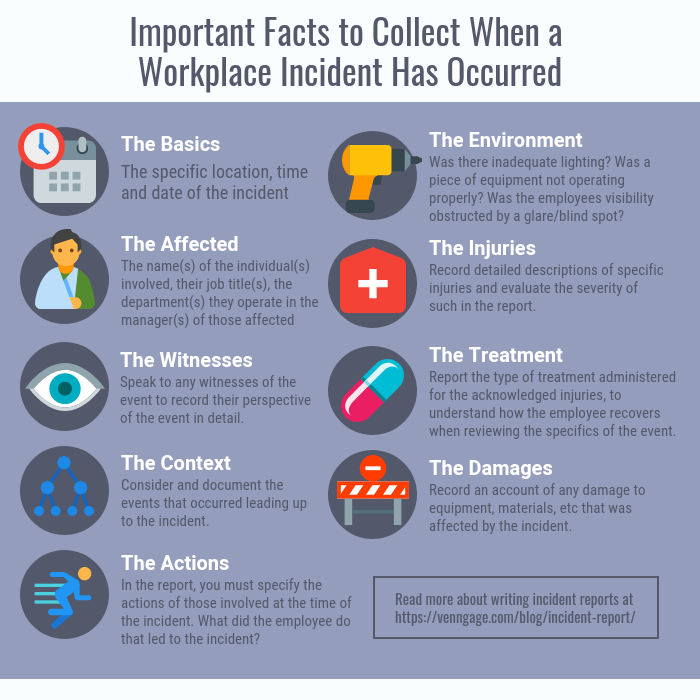People continuously try to improve and find better health and safety protection measures. This information is put together to form a standard, which is used to make up health and safety laws.
The main objective of the Occupational Health and Safety Act (No 35 of 1993) is to ensure that employees can perform their daily work without exposure to substances or conditions which will cause them death, disease or injury.
You need to make sure that you are aware of the rules that apply to health and safety in your workplace.
Duties of the Employer
- The employer must provide and maintain healthy and safe environment for you the worker. He/she must:
- Take steps to eliminate health and safety hazards before issuing safety gear as a preventative measure.
- Enforce health and safety measures.
- Provide information, instruction and training to ensure health and safety of workers.
- Act on reported unsafe or unhealthy conditions, behavior, or incidents and take steps to remedy them.
Click here to view a video that explains the duties of the employer.
Duties of the Worker
He/she must be sure to:
- Take care of his/her own health and safety. Obey all health and safety rules.
- Act responsibly so that others are not put at risk due to his/her behavior.
- Co-operate with the employer and the Health and Safety Rep so that he/she can comply with legislation.
- Report any unsafe or unhealthy behavior by the end of the shift during which he/she noticed it.
- May not interfere with or misuse any safety equipment or personal protective clothing.
Click here to view a video that explains the duties of the employee.
Health and Safety Rights
- You have the right to know what machinery, equipment and substances you will be working with.
- You have the right to receive full and proper training regarding the use and proper care of equipment and substances.
- Free protective equipment and clothing as required by your job.
- A health and Safety Rep to take care of your interests.
- You have the right to refuse to perform certain tasks if your employer has not taken the necessary steps to ensure your health and safety.
As an example, the principles of the Occupational Health and Safety Act with regards to the storage of Agro-chemicals and fertilizers will be provided.
Health and Safety Representatives
What are health and safety representatives?
They are full-time workers nominated or elected and designated in writing by the employer after the employer and workers consulted one another and reached an agreement about who will be health and safety representatives. Furthermore, they must at least be familiar with the circumstances and conditions at that part of the workplace for which they are designated. Agreement must also be reached on the period of office and functions of the health and safety representative and must be settled amongst the employer and the workers.
How many health and safety representatives must be designated?
A representative must be designated for every workplace consisting of 20 or more workers. Therefore, where only 19 workers are employed, it is not necessary to designate a representative.
Health and safety representatives are entitled to:
Health and safety audits: Representatives may check the effectiveness of health and safety measures by means of health and safety audits.
Identify potential dangers: Representatives may identify potential dangers in the workplace and report them to the health and safety committee or the employer.
Investigate incidents: Representatives may together with the employer investigate incidents, investigate complaints from workers regarding health and safety matters and report about it in writing.
Make representations: Representatives may make representations regarding the safety of the workplace to the employer or the health and safety committee or where the representations are unsuccessful, to an inspector.
Inspections: As far as inspections are concerned, representatives may –
- inspect the workplace after notifying the employer of the inspection
- participate in discussions with inspectors at the workplace and accompany inspectors on inspections
- inspect documents
- with the consent of his/her employer, be accompanied by a technical advisor during an inspection.

The Health and Safety Committee
What is the purpose of health and safety committees?
Members meet in order to initiate, promote, maintain and review measures of ensuring the health and safety of workers.
When must health and safety committees be established?
At least one committee must be established when two or more representatives are designated.
What do health and safety committees do?
The committees only deal with health and safety matters at the workplace or sections thereof for which such committees have been established. Generally, health and safety committees have the following functions:
Make recommendations: A committee must make recommendations to the employer about the health and safety of workers. Where these recommendations do not lead to solving the matter, the committee may make recommendations to an inspector.
Discuss incidents: A committee must discuss any incident that leads to the injury, illness or death of any worker and may report about it in writing to the inspector.
Recordkeeping: A committee must keep record of every recommendation to the employer and every report to an inspector.
Click here to view an video that explains the functions of the Health and Safety Representative vs, Health and Safety Committee.